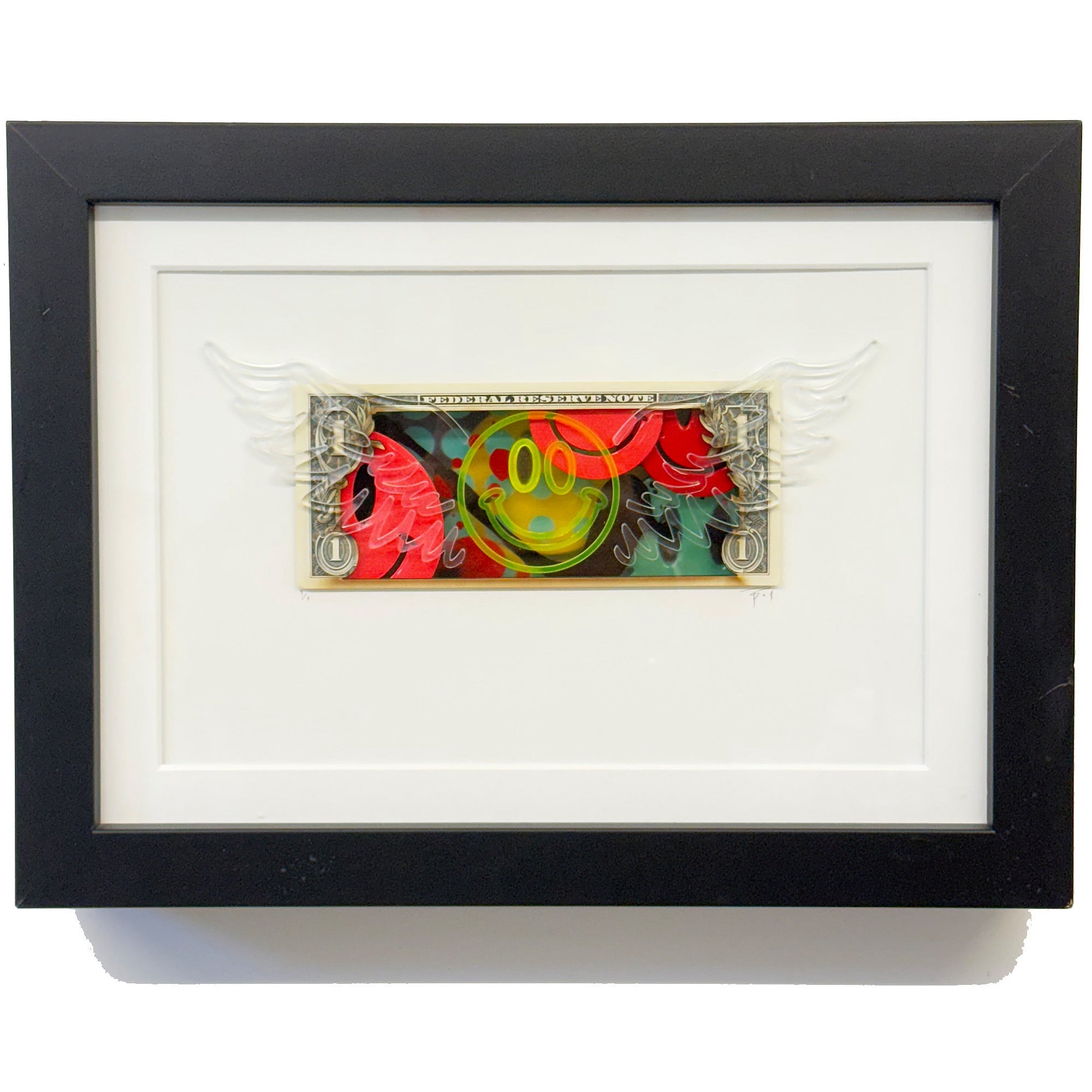Introduction
Art collecting can be a rewarding hobby, both personally and financially. However, if you're looking to buy art for investment purposes, it's essential to approach it with the same level of seriousness and research as any other investment. This blog post will guide you on how to start collecting art as an investment.
Understanding the Art Market
The first step in learning how to buy art for investment is understanding the art market. The art market is complex and can be unpredictable. It's influenced by various factors such as trends, artist reputation, provenance, rarity, and condition of the artwork.
Artists' reputations can fluctuate over time based on their career trajectory or changes in public perception. Trends can also shift rapidly; what's popular today might not be tomorrow. Provenance – the history of an artwork – can significantly impact its value. An artwork with a well-documented history that includes reputable previous owners or exhibitions in prestigious institutions will typically have a higher value.
Research is Key
Before making any purchase, conduct thorough research about the artist and their work. Look at their biography, exhibition history, critical reception, and price evolution over time. Websites like Artnet or Artsy provide databases with auction results that can give you an idea about an artist's market performance.
Also consider seeking advice from professionals such as art advisors or auction specialists who have extensive knowledge about the market trends and can provide valuable insights.
Investing in Emerging Artists
One strategy for buying art for investment is focusing on emerging artists whose works are still affordable but show potential for appreciation in value. These artists are typically early in their careers but have already achieved some level of recognition through exhibitions or awards.
However, investing in emerging artists also carries risks as their future success is uncertain. It requires a keen eye for talent and often involves following the contemporary art scene closely to discover promising new artists before they become widely recognized.
Diversify Your Art Portfolio
Just like with any other investment, it's important to diversify your art portfolio. This means buying artworks from different artists, periods, and styles. Diversification can help mitigate risks as the value of artworks can fluctuate independently from each other.
For instance, while the market for contemporary art might be experiencing a downturn, the market for Old Masters or Impressionist paintings could be thriving. By having a diverse portfolio, you can better weather market fluctuations and increase your chances of making a profitable sale.
Consider the Costs and Logistics
Investing in art also involves considering the costs and logistics associated with owning physical artworks. These include insurance, storage, maintenance, and potential restoration costs. Artworks need to be stored in controlled environments to prevent damage from light, humidity or temperature changes.
Additionally, when buying art for investment purposes, consider how you will eventually sell the artwork. Will you sell it through an auction house or a gallery? Each option has its pros and cons and may involve different fees.
Conclusion
Starting to collect art as an investment can seem daunting at first. However, with careful research and planning, it can become an enjoyable and rewarding endeavor. Remember that while financial gain is a significant aspect of investing in art, it should not be the only consideration. The best art collections are often built out of passion for the artwork itself rather than purely financial motives.
So start visiting galleries, museums and art fairs; immerse yourself in the world of art; engage with artists, curators and other collectors; keep learning; keep exploring - because collecting art is as much about enjoying the journey as it is about reaching the destination.









